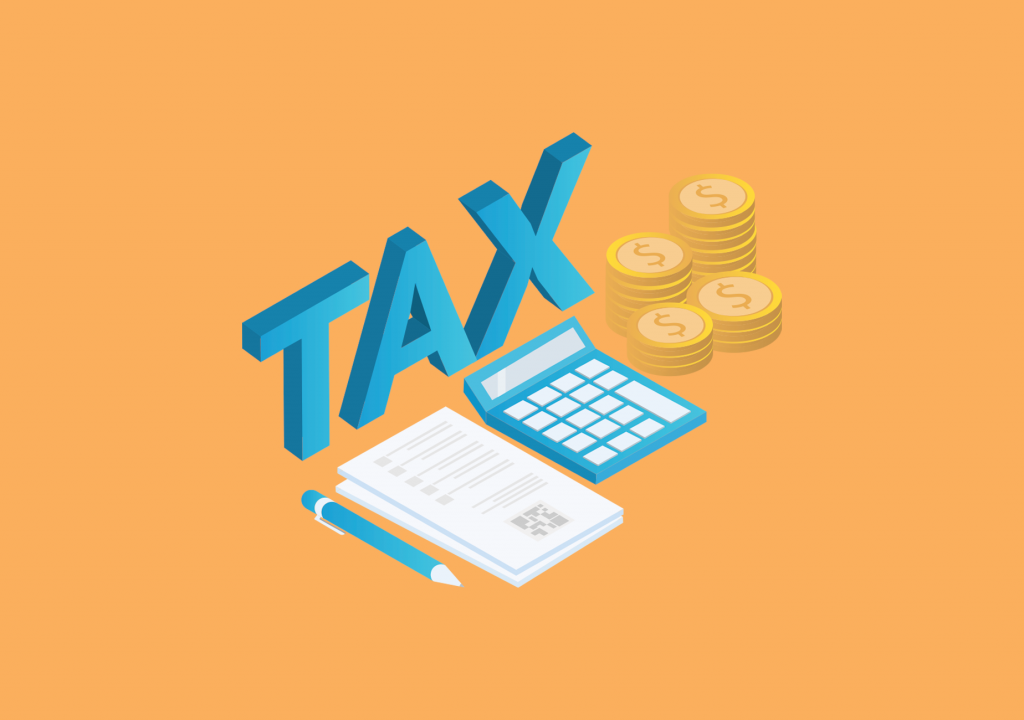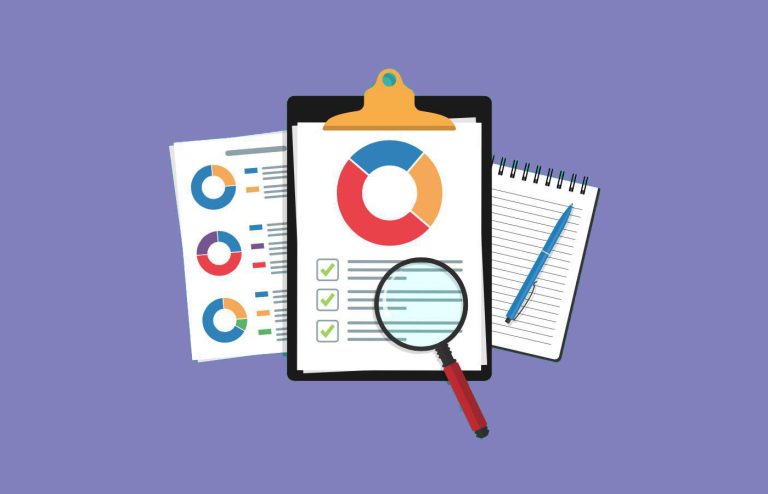Governments have been increasingly focused on improving the business environment, especially for small- and medium-sized enterprises which account for the majority of businesses worldwide. To capture these reform efforts, the World Bank Group publishes an annual Doing Business report to measure the regulations that enhance (and constrain) business activities across 190 economies from 11 perspectives. Doing Business 2020 is available now.
“Paying Taxes” is probably the more detailed among the 11 perspectives. To help governments and taxpayers better understand how the Paying Taxes performance indicators are calculated and compared, the World Bank Group publishes a separate Paying Taxes report. Paying Taxes 2020 provides a comparison of the paying taxes environment for the calendar year ended 31 December 2018.
Purpose and objectives of Paying Taxes study
The main purpose and objective of Paying Taxes is to identify good tax practices, raise awareness of all of the taxes contributed by companies, enable benchmarking of the tax systems on a like-for-like basis, and provide information to help policy decision making and tax reform. Following this purpose, the World Bank Group developed a methodology to measure the global ease of paying taxes.
As one of the data providers and co-publisher of the report, PwC has a deep understanding of the Paying Taxes methodology.
The case study company
To allow a like-for-like comparison of the ease of paying taxes in different economies, all economies covered by Paying Taxes use the same “case study company” with the same set of assumptions:
- A medium-sized domestic manufacturing company that performs general industrial or commercial activities, with some specific transactions, including a land transfer transaction.
- 100 percent domestically owned and not participating in foreign trade.
- Assessed in its second year of operation, with the first year making loss and the second year profitable.
- The key parameters of the company (e.g. start-up capital, turnover, etc.) are calculated using multiples of gross national income per capita of each country released by the World Bank Group so that the size of the company is relevant to each economy.
- In order to reflect the tax environment for general manufacturing companies, the case study company does not qualify for any incentives or benefits apart from those related to its age or size.
The four indicators
Paying Taxes uses four indicators to measure the tax costs and tax compliance burdens of the case study company in each economy, detailed below using Hong Kong’s data and the global average as an illustration. All data is sourced from the Paying Taxes 2020 report.
1. Total tax and contribution rate (TTCR) measures the amount of taxes and mandatory contributions borne by the case study company, as a percentage of its commercial profit in its second year of operation. The lower the TTCR, the less tax and contribution burden for the case study company.
The taxes and contributions include common taxes and mandatory contributions borne by the case study company, such as corporate income tax (CIT), social security contributions and housing provident fund borne by the employers, property tax, real estate tax, etc. TTCR includes social security contributions and housing provident fund to reflect like-for-like comparison, as they are mandatory taxes in many economies and do affect the accounting profits of the business. The taxes and contributions withheld but not borne by the company, such as individual income tax (IIT), social security contributions borne by the employees, and value-added tax (VAT) borne by the end consumers are excluded.
Commercial profit is the profit before all taxes and contributions borne, which is computed as income (including sales income, capital gains and interest income, if any) minus cost of goods sold and minus expenses (including salaries, administrative expenses, interest expenses, provisions and deprecation). It differs from the conventional accounting concept of profit before tax.
So TTCR is different from statutory tax rate or effective tax rate that we are familiar with. Applying the statutory tax rates in its jurisdiction, TTCR reflects the total tax burden of the case study company conducting the business activities under the assumptions, divided by the commercial profit, which is designed to provide a measure of how much tax and contribution costs that the case study company bears to earn every dollar.
Table 1 is a simplified example included in the report illustrating how to calculate the TTCR.
Table 2 calculates the TTCR of the case study company in Hong Kong and global average.
2. The number of payments reflects the total number of payments of taxes and contributions. It includes all taxes and contributions that are traditionally collected and paid by the case study company. Therefore, in addition to the taxes and social security contributions borne by the company itself, VAT, IIT and employee-borne social security contributions also add to the administrative burden and are included in the number of payments indicator.
Where electronic filing and payment is allowed and used by the majority of medium-sized businesses, the tax is counted as paid once a year even if filings and payments are more frequent.
Where two or more taxes or contributions are filed and paid jointly using the same filing form, these joint payments are counted as one.
The number of payments in Hong Kong is three times per year since the case study company is required to pay once a year for profit tax, Mandatory Provident Fund contributions and rates respectively. The global average was 23.1.
3. Time to comply. How easy to pay tax is not just about the amount of tax paid and number of tax types. It also concerns the compliance and administrative requirements. The report measures in hours per year the time taken to prepare, file and pay three major types of taxes and contributions, i.e. CIT, VAT, and labour taxes (including IIT, social security contributions and housing provident fund).
Preparation time includes the time to collect and analyse all information necessary to compute the tax payable. Time spent maintaining systems, mandatory tax records and VAT invoices is also taken into account. Filing time includes the time to complete all necessary tax return forms and file the relevant returns at the tax authority. Payment time considers the hours needed to make the payment.
This indicator is directly related to the ease of filing and paying taxes, the use of digital technology for tax administration, etc.
Table 3 shows the data for Hong Kong and global average.
4. Post-Filing Index is a supplement to the aforementioned three filing-related indicators. It measures certain processes that might take place after a tax return has been filed as there could be complex interactions between taxpayers and tax authorities in many economies to agree the final tax liabilities. The Post-Filing Index is based on four components:
1) The time to apply for a VAT refund (in hours);
2) The time to obtain the VAT refund (in weeks);
3) The time to comply with a CIT correction after the annual CIT filing (in hours); and
4) The time to complete a CIT correction, including dealing with any potential reviews such as tax audits (in weeks).
1) and 2) deal with the time required for obtaining a refund of excess input VAT incurred due to a large capital purchase, while 3) and 4) deal with an error in the calculation of tax liability which leads to an incorrect CIT return and consequently a payment of the underpaid CIT. The result of the four components is a score ranging from 0 to 100. The higher the score, the better the post-filing compliance process. If an economy does not have a VAT regime, it will not be scored on 1) and 2). If an economy has VAT but there is no mechanism to refund excessive VAT credit in place, the economy is assigned a score of 0 for 1) and 2).
Hong Kong is not scored on 1) and 2). Concerning 3) and 4), it is estimated that the case study company can complete the CIT correction in less than 3 hours and the current case is unlikely to give rise to a tax audit. As a result, Hong Kong scores high and accounts for 98.9 in Post-Filing Index. The global average score was 60.9.
All four indicators of each economy are converted into scores, and the final score is the simple average of the scores of the four indicators. The ranking of economies on the ease of paying taxes is determined by sorting their final scores. Hong Kong ranks No.2 in Paying Taxes 2020 with a final score of 99.7.
Hong Kong’s outstanding performance in Paying Taxes 2020 is largely due to the fact that Hong Kong upholds a simple tax system with only three principal direct taxes, i.e. profits tax , salaries tax, and property tax. Salaries tax is also handled by individual employees on their own, rather than an administrative burden for the business. Hong Kong with its simple tax regime and relatively low tax rates has maintained its top rankings in Paying Taxes for years, and provides efficiency and certainty for commercial undertakings from tax perspective.
Limitations of the study
Like all academic studies, Paying Taxes has its limitations these include:
- The case study company is not a real company and does not represent the real business data in an economy, and does not cover all aspects of an economy’s business environment.
- It does not include any incentives or benefits apart from those related to the age or size of the case study company. For example, although many countries have different kinds of tax incentives for high-tech/innovation, such incentives are not included in the report.
- The TTCR does not take into account timing difference as the data measured are only for the second year of operation.
A high TTCR does not necessarily mean a hurdle to the business environment, as TTCR is usually closely related to government spending and welfare system in an economy.
The takeaway
Despite the limitations of the study, Paying Taxes is still of great significance and serves as a good reference to governments in benchmarking the tax environments and promote tax reforms. It has witnessed substantial improvements in the ease of paying taxes over the past 15 years globally, especially in terms of the use of technology.
This article is contributed by Rex Chan, Paying Taxes Team Leader, PwC China
















